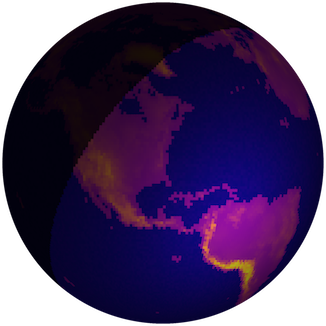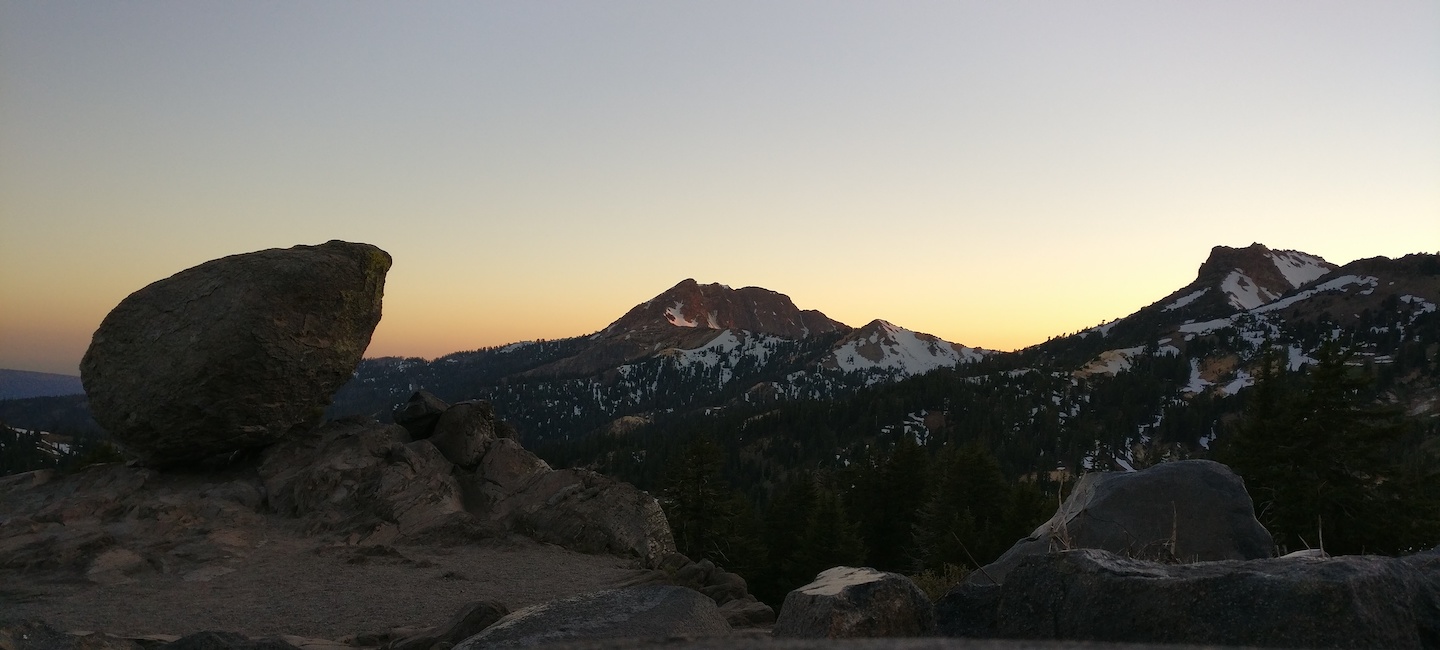VEX Robotics
VEX makes robotics systems and educational materials for a wide range of skill levels. They also run several leagues of international competitions each year. You can even learn to code using their online VEXcode VR environment.
Competition Scoring
Each year the middle schools of Niles Township run a simplified VEX season. Student teams get to build, test and modify their own robots over months, often for the first time. This culminates in a series of competitions hosted by the participating schools. These are fun events with some interesting designs and exciting matches! Students gain experience for more complex robotics at the high school level, and I enjoy helping as an organizer, mentor and coding source.
To that end, I have created and keep improving our competition scoring system. All the components are in Google Workspace:
- The grouping wizard sheet alerts you about previous matches or schedule issues and arranges your chosen group data.
- The tournament sheet generates and monitors the schedule, collects the referees' scores, calculates points, and shows live rankings and playoff results.
- The scoring forms let referees enter and send raw score data for each team they officiate.
It's flexible, cuts down on human mistakes, and gives the competitions a professional feel. And for young students, that helps build enthusiastic engineers. 🏆








Robot Code
I've started keeping a collection of my VEX programs to share, organized by system. The hope is you find cool and useful things in there, including:
- For V5, a diamond bot with variable auto and joystick controls; and an odd helicopter-blender that can listen to its own feedback.
- For EXP, a buzz-in system for three players with timers, lights, and sounds, such as for Circle of Monies; and a looping carnival with calliope-like music.
- For VR, make your own drawings of spirographs and wavy rings; and guide your bot entirely by numbers on the number grid.
Feel free to contact me for build details or other help about programs in the collection.






Climate Apps
Single- and multi-layer atmospheric flavors in compact digital mugs.
Enjoy these complementary online tools that show how energy balance works on planets with an atmosphere:
Climate App Classic uses one atmospheric layer, cartoon graphics, and colorful descriptions. You set the star's brightness, the atmosphere's greenhouse effect, and the planet's reflectivity. Will you create a nice climate for your planet dwellers ... or cast them into fire and ice? Classic is my updated edition of the original (obsolete) Java applet.
Climate App comes courtesy of the Cowan group at McGill University. Available in English and French, its advanced mode gives you more detailed control of up to three atmospheric layers. This is much better for modeling thick atmospheres like Venus or Titan, as described in the accompanying paper.
The clear images, controls, and temperature feedback make both apps easy to use and learn with on computers, tablets, and smartphones. 🌎






Circle of Monies
A discount spinning-letter experience.
Is it still a game show if there are no actual prizes, studios, cameras, or liability waivers? Not really, but playing this remixed homage to Wheel of Fortune® is almost as great. Use deductive reasoning, build your vocabulary, and feel schadenfreude when someone else lands on bankrupt. Because remember: this is fake dough, real fun.™
I keep expanding and improving Circle of Monies every iteration. And like most games, it's more beneficial than you first think. I teach about programming features like sharing spin results between Javascript and Python codes or making the board of Jupyter widgets change colors efficiently. You can analyze probabilities like getting several extra turns or a comeback win. English learners can team up with native speakers or practice on custom words and phrases. With any luck, the game is cool right from the splash screen, and everything else flows.
Enjoy this montage showing Circle of Monies in silent action. I use many sound effects and music tracks (with proper license and attribution) and my own buzz-in system to make the real thing immersive. Please contact me if you would like to learn more! 🧀
Circle of Monies is made for fun and education. It is not affiliated with Wheel of Fortune or any related entity. All relevant elements used within are the property of their respective owners.
NetLogo Models
NetLogo is an agent-based programming platform by Uri Wilensky of The CCL at Northwestern. NetLogo is free, has a large model library, and can be a good introduction to text coding.
I have not added info or many comments to most of these models. But they work in NetLogo 6.X, and the source codes are open to view and edit. Solar System Formation is in GK-12 Lessons. You can also view the complete folder.
Projectile Launchpad: pretty decent testbed for throwing stuff around. Lots of environment and object controls, including air resistance and wind, with a bunch of preset options. You can even try hitting targets.
A Maze Ingredients: build, modify, solve and save your custom labyrinths. Use the slow-motion controls to learn how all the algorithms operate.
Swirl Turtles: get artistic and experimental with the moving "turtles" of the NetLogo universe. Lightweight so it's easy to expand.
Legend of Zone World: explore the scrolling land to seek out hidden items with mysterious sounds. This demo can be a great base for making more complex adventure games.
Radioactive Clock: an unstable timekeeper, but perhaps not the way you imagine. Try to figure out how it ticks back into a pumpkin. Finding the longest setting is a cool logic and coding puzzle ...
Hunt for the Golden Square: a fiery crash course in movement algorithms. Study a few search styles, then program your own. Just be careful of the lava.
Visual Drake Equation: helping people ... well, visualize Frank Drake's equation. Also says roughly how far away our closest neighbors might be.
Quiz Thing: answer all of the questions to get the funky ending. Started as part of game with passcodes so it's weird on purpose. But fun.








Physics Problems
Some advanced reviews I made as a teaching assistant for Northwestern undergrad classes. I created most of the problems, put my own spin on the rest, and handwrote all the answers. Enjoy the fun challenges!
Electricity and Magnetism: stuff about fields, circuits, flux and the like — Solutions
Modern Physics: polarization, relativity, quantum mechanics and atoms — Solutions
... And we all got cookies and doughnut holes at the end. 🍪🍩






GK-12 Lessons
The National Science Foundation's GK-12 Program funded partnerships between STEM graduate students and K-12 teachers. I was a Chicagoland GK-12 fellow through Reach for the Stars at Northwestern. These programs were great for bringing research into classrooms and giving grads teaching experience.
Here are some of my more polished contributions. For more activities, head over to the RftS Lesson Plans page.
Pseudoscience
Science is about making statements you can test and then testing them rigorously. These are the foundations for our greatest accomplishments. But when we stray from these principles or don't listen to new evidence, we fall in the pseudoscience trap. It can happen to anyone, so all the more reason to stay skeptical and use critical thinking. Here you can hone your skills by taking a hard look at the claimed health powers of Homeopathy. And pseudoscience is broad so there's no shortage of additional topics to explore and apply your understanding.
Pick up the lesson plan that includes background links and a full thought experiment about diluting things for Homeopathic remedies — Pseudoscience Lesson






Solar System Formation
In broadest terms, solar systems come together due to gravity. But there's just no lab massive enough or fast enough to re-create how they form. Instead we can simulate the processes, like with my colorful NetLogo model. It's a simplified, late-stage sandbox of small rocky bodies that merge and grow. I include a bunch of controls to tweak and smack things around, and you can even get artistic with the planetary orbits.
This version runs in NetLogo 6.X and there are complete notes in the "Info" tab — NetLogo Solar System Formation
For teachers, there's also the full lesson plan on the RftS site — SSF Lesson





Mystery Dice
Much like deducing the details in Clue (a.k.a. Cluedo), games are a great way teach about making inferences. Mystery Dice probably isn't the next Clue or Yahtzee, but it's still fun to learn with. Players do something secret with each roll of the dice and everyone tries to uncover what's happening. The basic game is simple to learn, and you can make it as complex as you want.
There's a lesson plan with rules, worksheets, graphing info (Google Sheets), and sets of real game data to test your inference skills — Mystery Dice Lesson



Inverse Problems
Imagine going to the store and choosing a bunch of items off the shelves. Getting the total cost of your items is a forward problem with one answer. But what if, instead, you started with a certain amount of money? Now, figuring out what set of items you could buy is an inverse problem with many answers. Science and life are full of inverse problems, so we're wise to learn how to handle them. Here's a twist on the "how many candies in the jar" game that you can tackle with experiments, statistics, and graphs. Because who hates candy, right?
This lesson seems to be absent from the NU RftS site so I've bundled it here. It includes the lesson plan, a background PowerPoint, and your choice of Python or Mathematica for graphing — Inverse Problems Bundle





